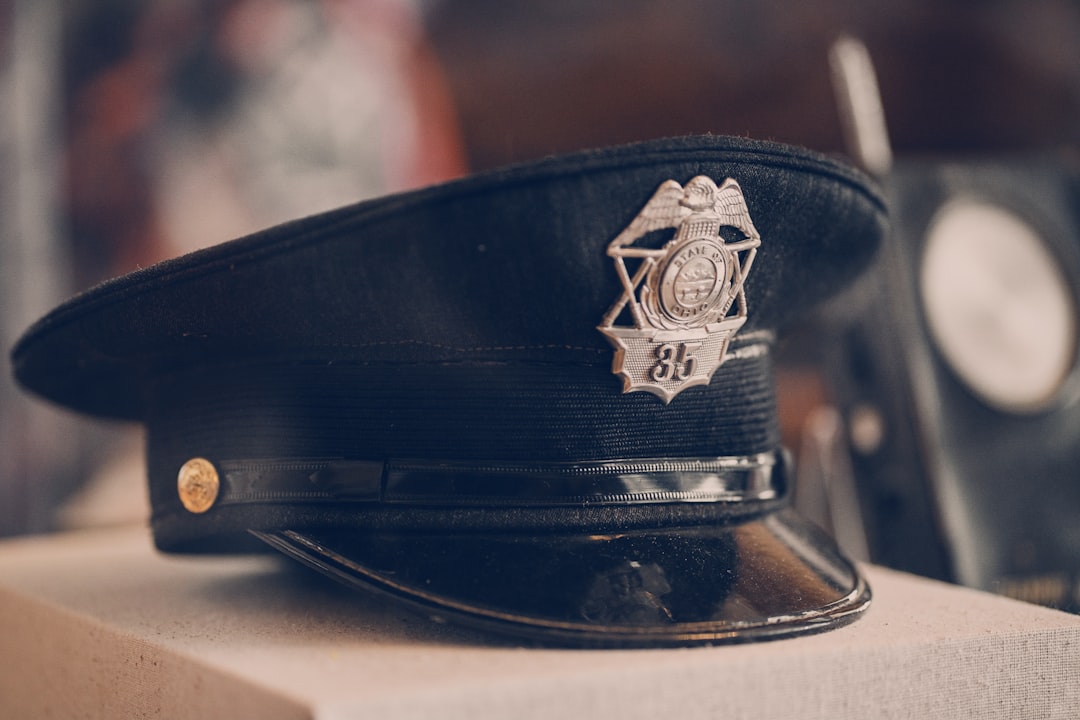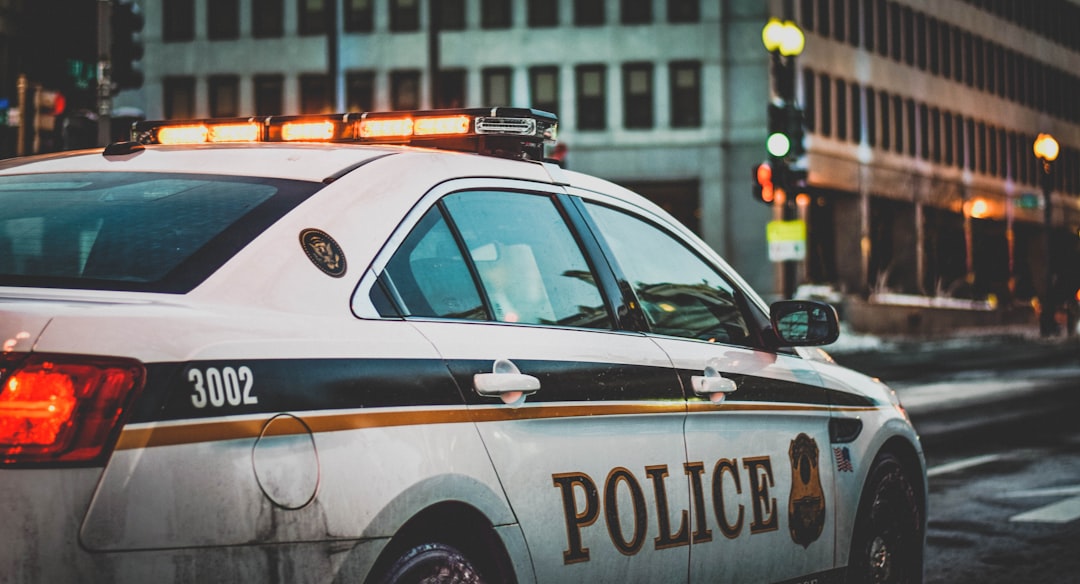While we’re not advising people to use anything we say here and actually hit the streets like some comic book vigilante, we’re going to show what methods, techniques, and courses it would take for anyone to think like a cop.
Our first topic will be the ways to catch a liar, which is not only for official police use, but for any of us to employ every now and then, like finding out if your girl is cheating on you.
Catching a liar isn’t always that easy, but these tips should definitely get you on the right track.
Keep a look out for body language.
This is probably the easiest place to start. Obviously, a liar could get fidgety or a little sweaty when being confronted, but there’s a lot more tell tale signs to look for.
Liars will most likely have stiff body movements and limit the use of their hands and arms. They’ll also keep their bodies close to themselves.
If a person keeps touching their face, mouth, or throat, they’re lying. This is also true if they constantly scratch their nose or their neck right behind the ears.
You can also detect a liar by their posture and gestures, such as the shrugging of their shoulders. Another thing to look out for is if the person will not make eye contact with you. Finally, check out submissive behavior, like a person putting their palms out when making a statement.
Watch their microexpressions.
This was discovered by psychologist Paul Ekman and is apparently very accurate.
Just like watching a liar’s body language, keeping track of their facial expressions is just, if not more important. The simplest way to detect a liar using their facial expressions is to catch phrases that don’t match the expression. For example, if your boss says that you did a good job, then flashes a look of displeasure, then you know he’s full of it. Another example is if your girl says “I love you,” while sporting a frown.
Another way a person’s face gives away their lie is timing between expressions, gestures, and words. If you buy your mom a present and she immediately declares “It’s perfect. I love it,” and smiles afterwards, she actually hates it.
Finally, pay attention if the person you are questioning is faking their facial expressions. You can spot a real smile from a fake one because a real smile will involve the whole face.
Listen to their verbal content and context.
A liar will most likely slip when telling a fib. Make sure to pay attention to every word they have to say. They are bound to start making inconsistencies in their stories, such as, changing who, where, when and what they were doing this past weekend. They’ll also probably forget some details to fill in the holes.
However, they will also use unnecessary details to prove their innocence. A liar is going to keep blabbering away because they’re uncomfortable with pauses and silence.
A liar will also take your question for their answer. For example, if you ask your friend “Dude, did you drink the last beer?” and his response is “No, I did not drink the last beer,” he drank the last beer.
Other ways a lair’s speech will catch them in the act is if they leave out pronouns, speak in a monotonous tone, their words are too softly spoken, their wording is garbled and if their grammar and syntax is off.
If you’re not sure if a person is lying, simply change the subject. A liar will return to the original topic to prove their innocence.
If a person is defensive.
We’ve all heard this before, a liar can get defensive.
If a person resists answering your questions, or gets all beefed up, when being asked something, they’re probably lying. They may even try to turn the tables on you and accuse you of lying. When they do that, they’re trying to project their lie onto you.
The placement of objects.
Pay attention to the objects around a liar, not because they’ll bash you in the head with a lamp, but it’s another signal. They will place nearby objects, like a coffee mug or book, between the two of you.
In your eyes.
A lot has been discussed about the correlation between eye movement and lying, which is called Eye Accessing Clues, or Neuro-Linguistic Programming. However, it’s not as black and white as an episode of Law & Order makes it out to be, and some even believe that it’s a farce.
Let’s just use this visual aid to get the gist of it.
Got it?
Good.
You also have to be aware if a person is right handed or left handed. A leftie would have the opposite eye directions. While controversial, and a bit tricky, learning about NLP could be a useful asset.
Since humans are so complex, and some are born to be pathological liars, there’s no bulletproof tactic in determining whether a person is lying or telling the truth. Using these methods, along with some old school intuition, can at least give you a better handle on the situation.
source of article: http://amog.com/lifestyle/catch-liar/













